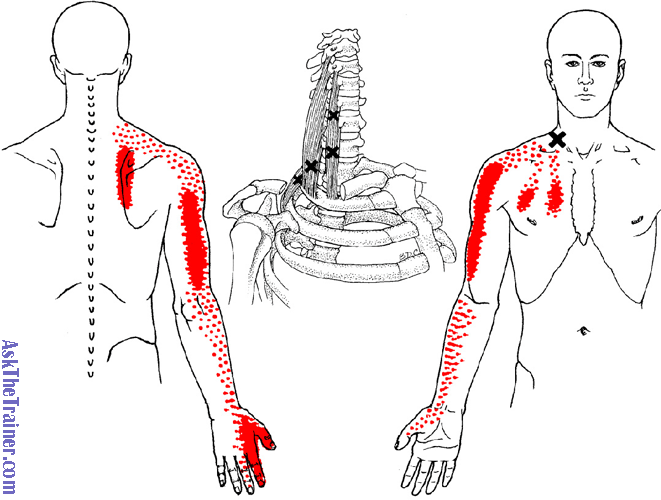A while back I blogged about MSG as a differential diagnosis to always consider in cases of mysterious headaches, since it can be an unrecognized trigger to episodic headaches, all the more difficult to pinpoint since MSG is frequently listed under different name in food labeling. Today I want to talk about the equivalent for chronic mysterious abdominal pain and bloating episodes: artificial sweeteners, in particular in the sugar alcohol family. They have become excessively common, inserting themselves in a multitude of foods, especially "healthy foods", and unbeknownst to a lot of people, creating havoc on the guts.
Artificial sweeteners come in a variety of forms. None of them good. The list of problems associated with artificial sweeteners and the negative research associated with them only continues to grow, unfortunately not always matched with popular publicity, much less personal practices of cutting them out altogether. If anything, the trend of popular perception goes in the other direction, with patients being increasingly lulled into thinking that those are benign food additives that cause no problem, and if anything help them maintain normal weight.
What prompted this blog entry was two patients back to back dealing with rather profound but episodic abdominal pain bloating and nausea, which had been extensively medically worked up but remained a mystery. In both instances, through a set of accidental circumstances, the culprit was found to be a sugar alcohol that was added to foods without the patient's awareness . In both instances, there was an accidental change of normal dietary pattern leading to the removal of the offending artificial sweetener, then the reintroduction, with matching resolution and recurrence of the symptoms that finally led to the correct problem identification.
Sugar Alcohols are particularly high on my hit list because of their prevalence and the problems that they cause. They are a form of very small carbohydrates that give a sweet taste to our tongue but cannot be used for energy production like regular sugar, and in many cases, cannot be absorbed (with a few notable exceptions like allulose) . A few of them occur in very very small amounts in nature, thus leading to the fallacy that because they are "natural" we can use them in large synthetic amounts. However, the amounts found in actual exposure to things like fruit has a vastly different metabolic effect from the concentrated synthetic variants. Among other things, they cause a significant disruption of our gut microbiome, and tend to ferment in our G.I. causing pain, bloating, flush diarrhea, and essential nutrient malabsorption. In addition, they can be associated with liver dysfunction, metabolic dysfunction, and increasing insulin resistance.
What makes them all the more pernicious is that they are often added to foods that patients perceive as healthy alternatives, such as protein bars, and often in places where you do not suspect them, such as protein powders, gum, powdered beverages, electrolyte powders, etc. Even if the amount in each source may not be all that high, the combination of 2 or 3 sources during the day can be enough to tip someone into full-blown abdominal pain, unexplained.
Some of those sugar alcohols include xylitol, sucralose, erythritol, mannitol, and allulose. Should try to avoid all of them whenever possible, and remember that small amounts of naturally occurring sugar have been around for several millennia and our body is tolerant and adapted to them, while some of these newer synthetic chemicals are not. In this case, there is no shortcut to eating smart and simply healthy. For more information, please refer to this excellent blog entry from the Kresser Institute
https://chriskresser.com/the-unbiased-truth-about-artificial-sweeteners/
















